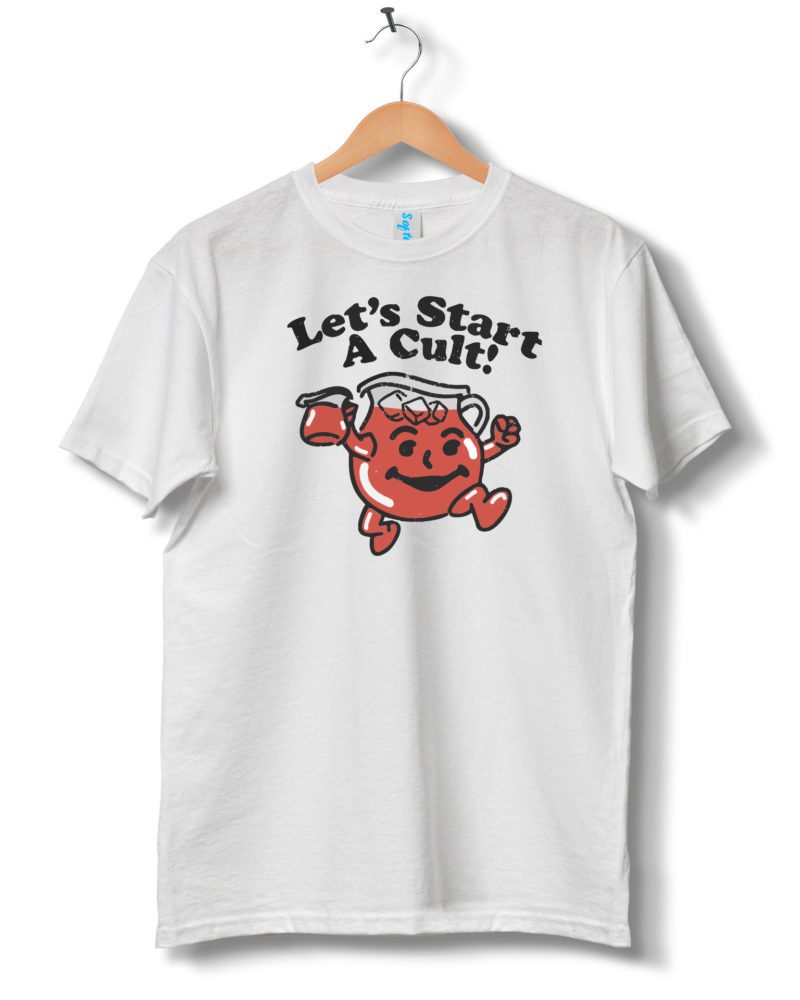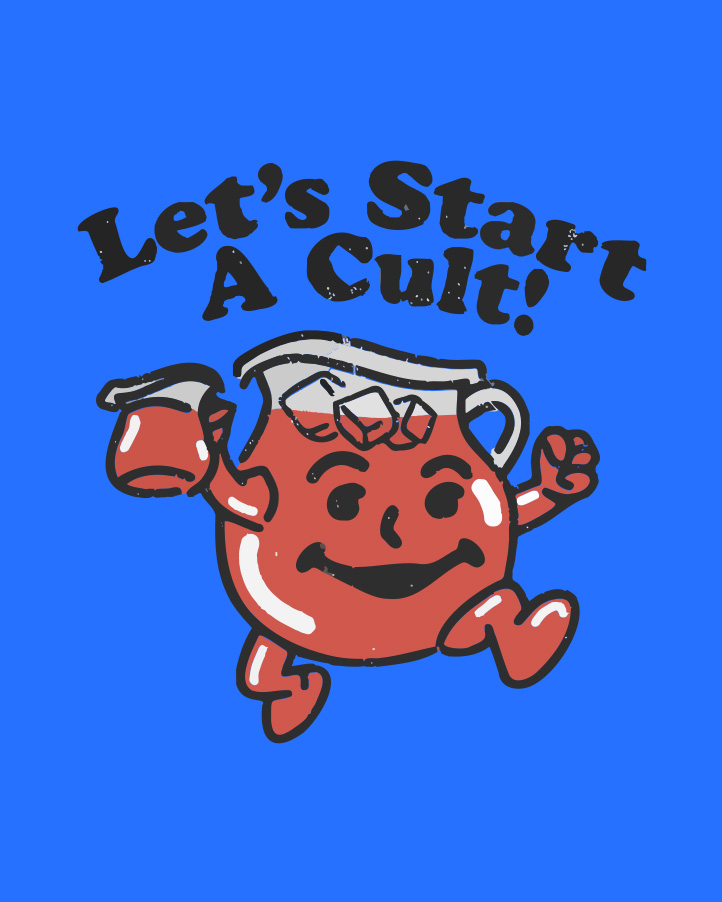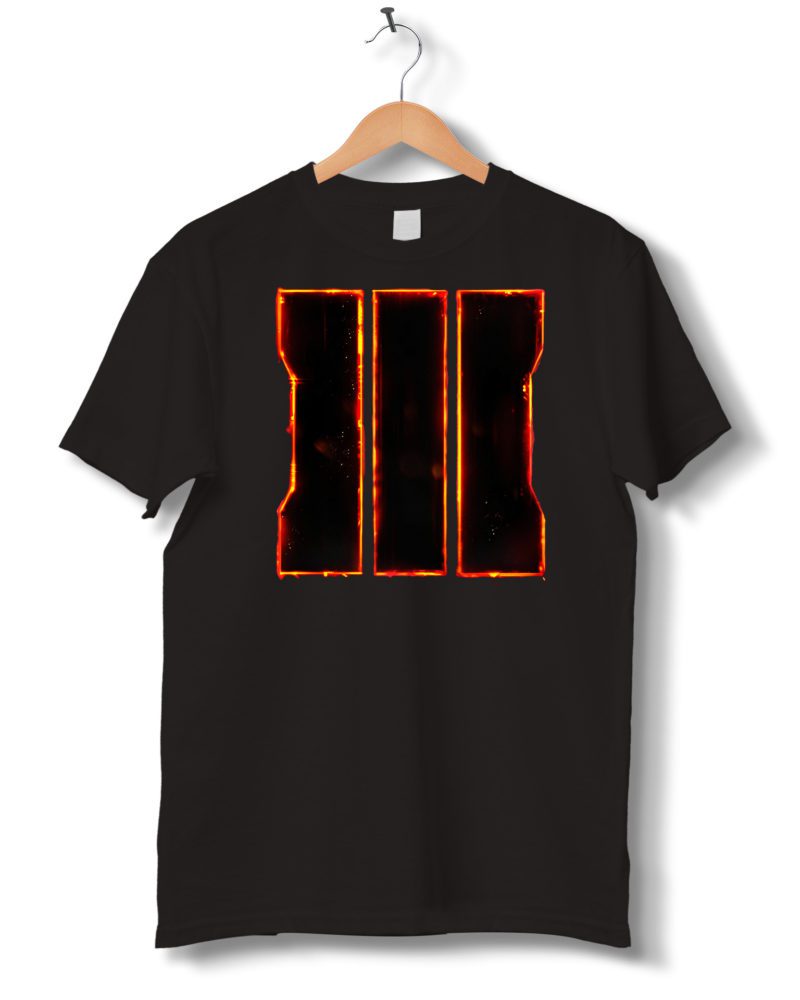At Softee we love DIY projects and we espcially love ones that involve t-shirts.
Tie-dyeing is a fun and easy way to add a unique touch to your wardrobe. With just a few simple steps, you can turn a plain white shirt into a colorful and vibrant piece of clothing. Here is a step-by-step guide on how to tie-dye a shirt.
Materials:
- White cotton shirt
- Tie-dye kit or individual dyes (such as Rit dye)
- Rubber bands
- Plastic gloves
- Bucket or plastic container for mixing dye
- Measuring cup
- Stir stick
Step 1: Prepare the Shirt
Before you begin tie-dyeing, make sure the shirt is clean and free of any dirt or debris. Wash and dry the shirt, and iron out any wrinkles.
Step 2: Create the Design
This is the fun part! There are countless ways to create different designs with tie-dye. Here are a few popular methods:
- The spiral: Pinch the center of the shirt and twist it, keeping the edges tight. Use rubber bands to secure the twisted sections in place.
- The bullseye: Pinch the center of the shirt and twist it, but this time, use rubber bands to create multiple sections around the center.
- The striped: Fold the shirt in half, then in half again. Use rubber bands to create sections along the folded edges.
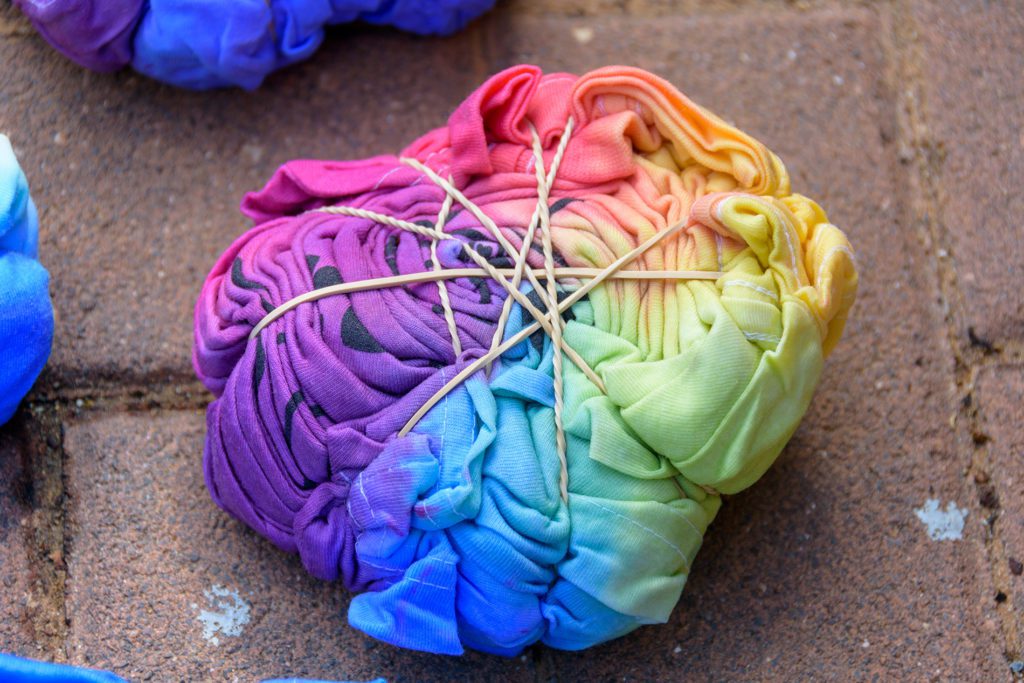
Step 3: Mix the Dye
Follow the instructions on the tie-dye kit or individual dyes to mix the dye. Be sure to use gloves to protect your hands from staining.

Step 4: Apply the Dye
Apply the dye to the shirt, making sure to saturate all the sections. Be sure to use different colors for each section if you want a multi-colored shirt.
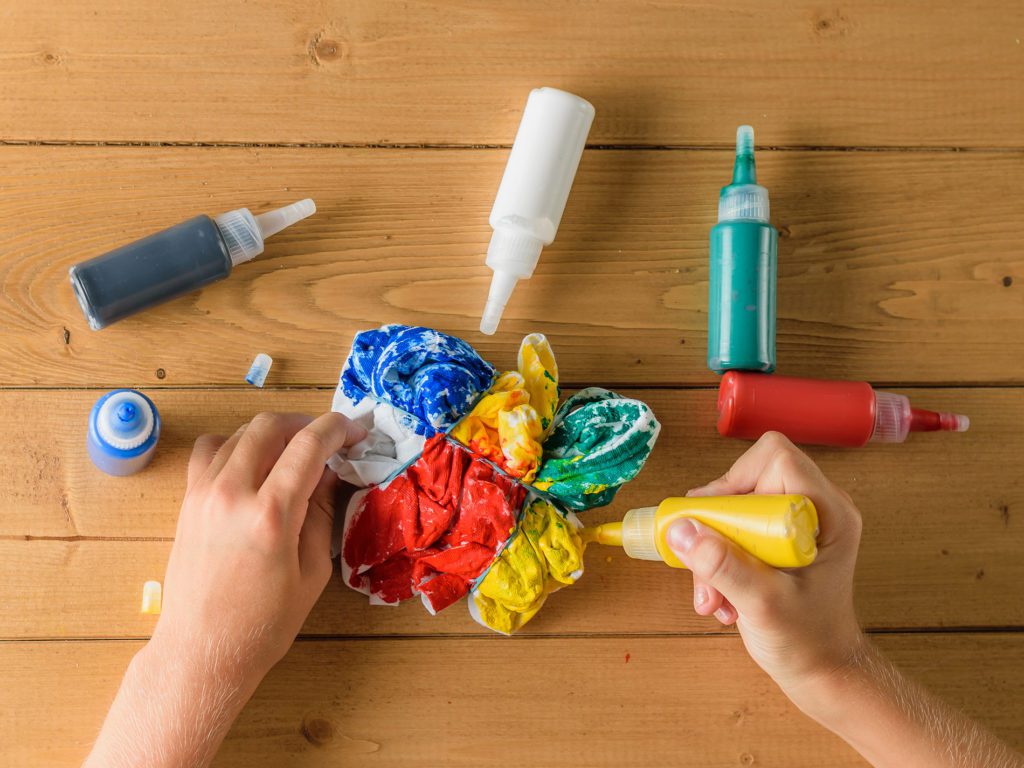
Step 5: Let it Sit
Once you have applied the dye, let the shirt sit for at least 6-8 hours. The longer you let it sit, the more vibrant the colors will be.
Step 6: Rinse and Wash
After the shirt has sat for the desired amount of time, rinse it thoroughly in cold water. Then, wash the shirt separately in cold water with a mild detergent.
Step 7: Dry and Wear
After washing, dry the shirt either in the dryer or hang dry. Once dry, your tie-dyed shirt is ready to wear!

Some Tips:
- Be sure to work in a well-ventilated area, as the fumes from the dye can be strong.
- Use rubber bands that are tightly stretched, this will make sure the dye won’t bleed through the rubber bands.
- Be careful not to over-saturate the shirt with dye, as this can lead to uneven coloring.
- You can experiment with different folding techniques and rubber band placement to create unique and interesting designs.
- Don’t forget to wear plastic gloves to protect your hands from staining.
Tie-dying is a great way to add some fun and personality to your wardrobe. With a few simple steps, you can easily turn a plain white shirt into a colorful and vibrant piece of clothing. Remember to work in a well-ventilated area, use rubber bands that are tightly stretched, and experiment with different folding techniques and rubber band placement to create unique designs. Have fun and enjoy your new tie-dyed shirt!
The History of Tie Dye
Tie-dye is a dyeing technique that involves twisting, folding, and binding sections of fabric to create patterns and designs. The origins of tie-dye can be traced back to ancient civilizations in Africa, Asia, and South America, where people used natural dyes and resist dyeing techniques to create intricate patterns on fabrics.
In the United States, tie-dye became popular in the 1960s as a symbol of the counterculture movement, particularly among hippies and anti-war activists. The vibrant colors and unique patterns of tie-dyed clothing were seen as a reflection of the free-spirited and non-conformist attitudes of the era.

One of the most famous tie-dye artists, named Rit dye, started to sell commercial tie-dye kits in the 1960s and 70s which made it more accessible to the general public.
During the 1960s and 1970s, tie-dye became a common sight at music festivals and other events, and it continues to be associated with counterculture and free-spiritedness. Today, tie-dye is popular not only as a fashion statement but also as a fun and creative activity for people of all ages.
Tie-dye clothing and accessories can be found in a wide range of colors and patterns, from the traditional psychedelic swirls to more modern and minimalist designs. Many people continue to make tie-dye clothes at home,




